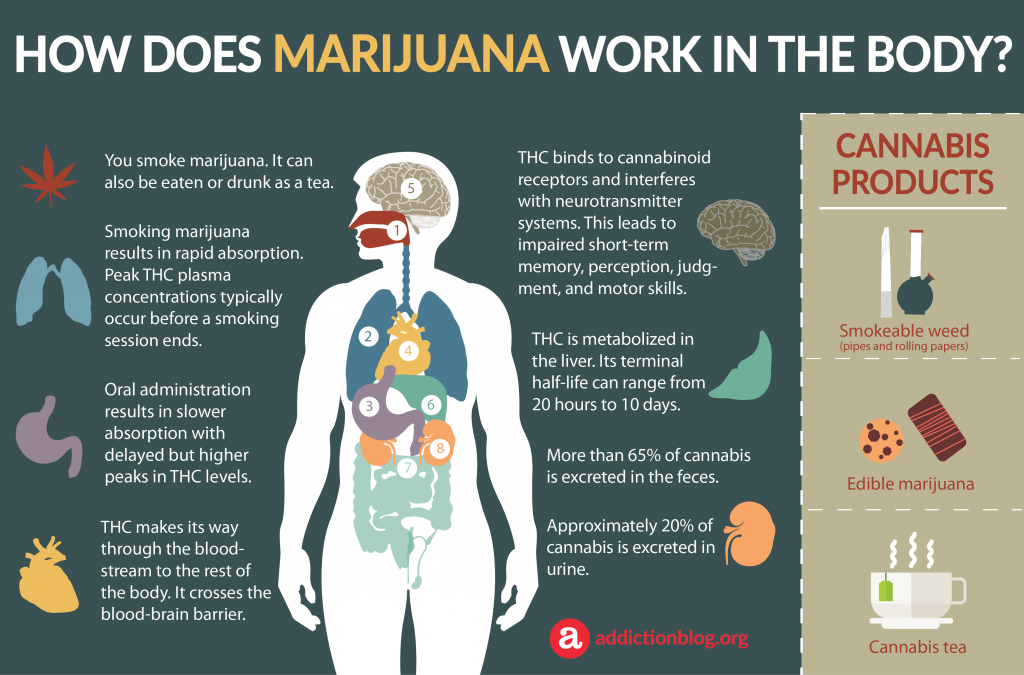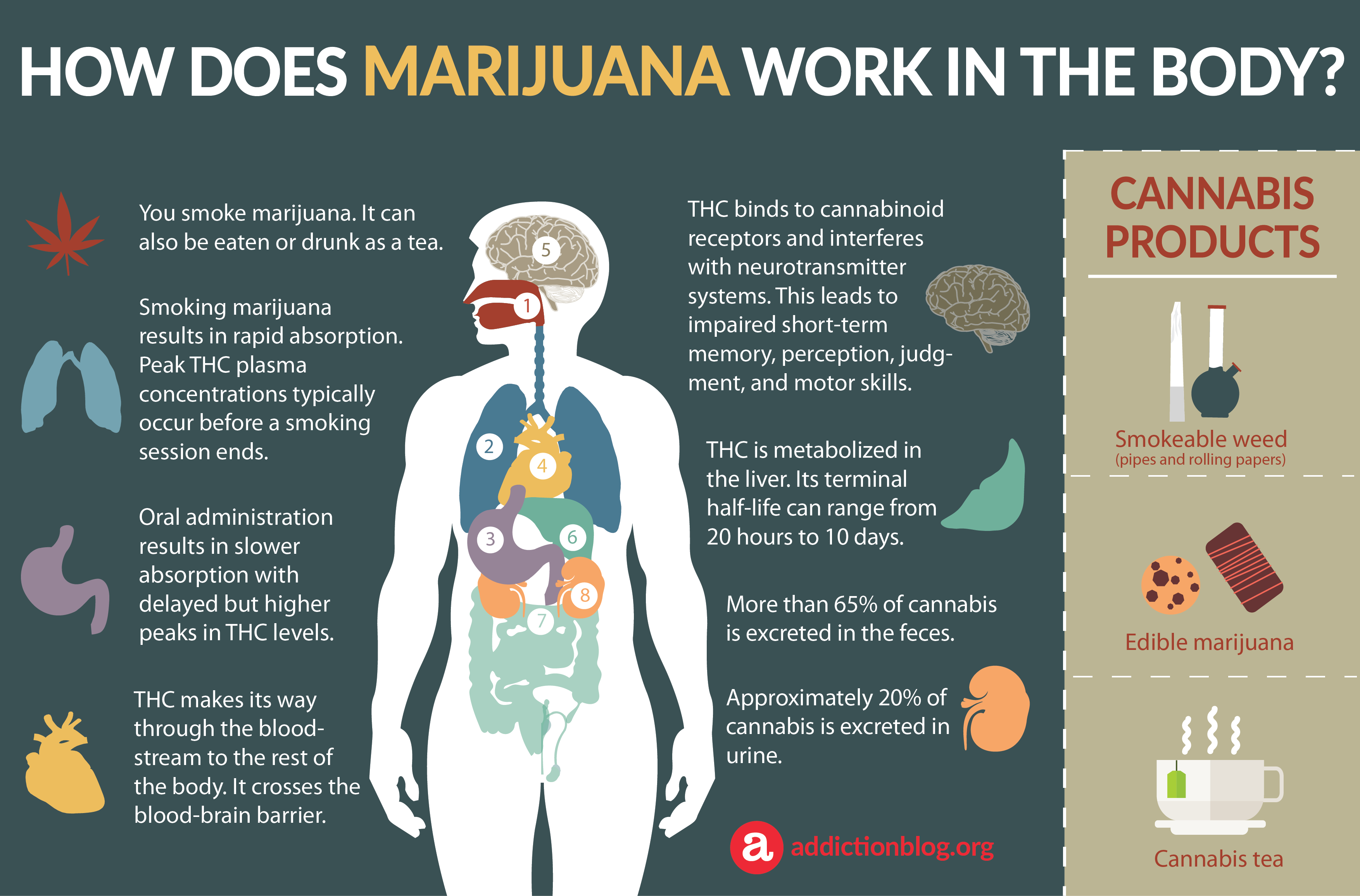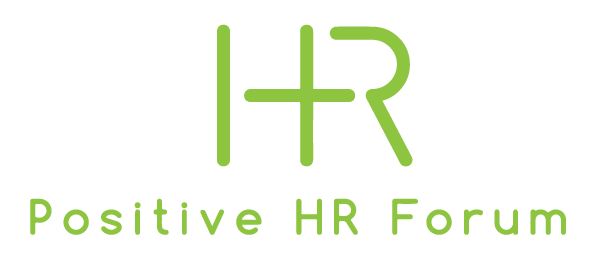
17 Nov How Does Drug Testing Work?
So how does drug testing work? Most urine and oral fluid drug testing is usually broken down into two stages. The initial screening stage (qualifiable result) and the confirmation stage (quantifiable result).
The screening stage can be done via either POC (Point of Care / Instant / Onsite etc) or at the Lab (via EMIT/ELISA/CEDIA). Screening is often done using immunoassay techniques.
The confirmation stage can only be done at the Lab (via LCMS/GCMS etc).
The Cut-Off Level
One of the key concepts within drug testing is the application of a cut-off level. This is the point which segregates a test result as being either positive (+ve) or negative (-ve).
For drug screening tests, a cut-off level is chosen that will optimise drug detection but minimise the number of “false positive” results. This is why the following must be considered:
- ACCURACY
- SENSITIVITY
- SPECIFICITY
- REPRODUCEABILITY (i.e. how consistently these figures are achieved time after time)
It should be noted that there are a large amount of inferior tests currently available on the market. These may publish high accuracy figures, but are unable to reproduce those claims across large scale manufacture.
How to interpret results
It is important to note that a negative sample doesn’t mean that it is drug free. For example, it might contain a drug at a concentration that is lower than the defined cut-off.
If a drug test is reported as a screen positive (also known as a “non-negative” or “presumptive positive”), this merely shows a response. This is usually because a drug, or it’s metabolite, is present. It cannot show how much drug was taken, how potent the drug was or be correlated to any degree of impairment. As this is a screening tool, all screen positive drug tests require a confirmation test if they are to be legally defensible.
Any drug test screen result (QUALIFIABLE), whether from a Point of Care device or from a Laboratory is never 100% accurate. It can therefore only be reported as Negative or Non-Negative. There are no legally defensible QUANTIFIABLE (i.e. figures) results available at this stage. If a Negative result is obtained, then a “PASS” is usually reported (unless foul play / adulteration / dilution etc is suspected). Correct training for Collection Officers and the use of a Sample Validity Test such as urine adulteration test strips can assist with this.
All Non-Negative results require confirmation analysis, which can only be done at the Laboratory. The laboratory will then issue a QUANTIFIABLE result. E.g. 26 ng/ml.
Can I just use the screen result?
However, some employers or organisations, in an attempt to cut costs, will only use drug test screen results and do not send Non-Negative samples to the laboratory for confirmation analysis. This will not give them a fully legally defensible result and therefore is not recommended as results are easily and frequently successfully challenged.
Parent drug and metabolites
It is important to understand that during the both the screen and confirmation stage, the drug test is not just looking for actual drugs in the samples. They are often looking for drug metabolites. Once the body takes in a substance, the end product looks much different, once it passes through.
Basically speaking, drugs go into the body in the “psychedelic” form and can come out as a metabolite and/or also as the “parent drug”. The detection of a metabolite indicates that the drug has actually been consumed by the person.
An infographic from the team at Addiction Blog

Marijuana Metabolism in the Body: How Marijuana Affects the Brain (INFOGRAPHIC)
For example, the psychoactive ingredient in cannabis/marijuana is THC (delta 9 tetrahydrocannabinol). This is oxidized by the body and comes out as many different metabolites. One of the most prevalent forms is Tetrahydrocannabinol-11-carboxylic acid (THC-COOH).
Cannabis is passed from the lungs to the blood stream, and while the drug is freely floating in the body in sufficient quantity, a “high” is felt. Cannabis is liposoluble, meaning it absorbs into fat cells. The drug is stored in the fat cells indefinitely until the body burns the fat cells for energy. When the cell is burned, the drug is metabolized and released back into the blood stream. This is why cannabis can sometimes be detected in urine for up to 30 days after chronic and frequent long term usage.
What cut-offs are used?
Many Point of Care drug test devices/kits are made for the mass USA market and use higher cut-offs and test for drugs that are less relevant to the UK. Using higher cut-offs may mean that you will not detect a larger quantity of positive samples at the lower end, making your testing program less effective.
If testing in Europe, to European standards, then you should look for a “Point of Care” drug test device/kit that has test strip cut-offs aligned to the European Workplace Drug Testing Society (EWDTS) laboratory screening standards where possible. The ITS range of Point of Care urine drug testing devices/kits and oral fluid drug testing devices/kits are manufactured with that in mind and specifically for the UK and Ireland market.
The EWDTS (European Workplace Drug Testing Society) guidelines’ cut off for cannabis at the urine screen stage is 50 ng/ml (POC or via Lab screen). This is a composite of all cannabis metabolite concentrations. If the sample is below this level then the test is complete. It can be classed as a NEGATIVE and therefore a PASS result.
If the sample is over 50 ng/ml, then the sample is sent on to a laboratory for confirmation analysis. The cut-off for the confirmation stage is set lower at 15 ng/ml because the laboratory specifically looks for one of the many metabolites. This metabolite is Tetrahydrocannabinol-11-carboxylic acid (THC-COOH). It can also be referred to as 11-nor-9-Carboxy-THC, also known as 11-nor-9-carboxy-delta-9-tetrahydrocannabinol, 11-nor-9-carboxy-delta-9-THC, 11-COOH-THC, THC-COOH, and THC-11-oic acid.
Any result for Tetrahydrocannabinol-11-carboxylic acid (THC-COOH) <15ng/ml will be reported as NEGATIVE (PASS).
Any result for Tetrahydrocannabinol-11-carboxylic acid (THC-COOH) >15ng/ml will be reported as POSITIVE (FAIL) unless over-turned by a Medical Review Officer.
Legally defensible
At this point, you can then act upon this result (e.g. disciplinary) as it is now a legally defensible and QUANTIFIABLE result unlike the screen QUALIFIABLE result of just “Non-Negative”.
In summary
It is always the CONFIRMATION (QUANTIFIABLE) result that should be considered as the definitive “legally defensible” result. Therefore any confirmed NEGATIVE / POSITIVE result that results in a PASS / FAIL can only be measured against the CONFIRMATION (QUANTIFIABLE) cut-off levels.
The SCREEN (QUALIFIABLE) result with the higher general cut-offs used, are only to be used as a guide/risk assessment to whether a sample requires further CONFIRMATION (QUANTIFIABLE) analysis using the lower and more specific cut-offs.
Cut-offs are never normally set to 0ng/ml (zero) for workplace drug testing or general drug testing (not including forensic testing). This is to rule out external contamination such as passive smoking, exposure rather than actual consumption etc.
It is advisable to include a section on this within your Drug and Alcohol Policy.
Blog written by Matt Talor – Its Test Kits
About ITStestkits
Innovative Testing Solutions (ITS), also known as ITStestkits is a UK based business built upon the three core values of: Quality, Innovation and Trust.
We deliver innovative, evidence based, high quality rapid diagnostic products often referred to as “Point of Care” kits, and high end opto-electronic analysers to our customers in the UK, Ireland and further afield. The primary focus is on products and solutions for the drugs and alcohol testing and associated markets. Founded by a team of highly experienced and knowledgeable professionals, we provide customers with innovative “first to market” solutions for consistent, accurate and reliable screening.
We know customers want testing to be right first time. The person doing/being tested, must have confidence in the performance of the kits they are using. Point of Care products are never 100% accurate when comparing to a more expensive laboratory “confirmation” test. We have conducted numerous quality control checks across many of these inferior kits. Quality and consistency of many Point of Care testing kits can vary hugely. Inaccurate kits give both “false positive” and “false negative” results that are not truly reflected in their published data. We understand this because our team have been using and selling drug testing kits for almost 20 years.
ITStestkits was created to bring high quality testing kits, products and solutions directly to the customer. This empowers the customer with confidence to make informed decisions both quickly and reliably.
Learn more about itstestkits exclusive products and services and how you/your organisation can benefit, by visiting our website www.itstestkits.com or contact us at info@itstestkits.com and following us on social media.


